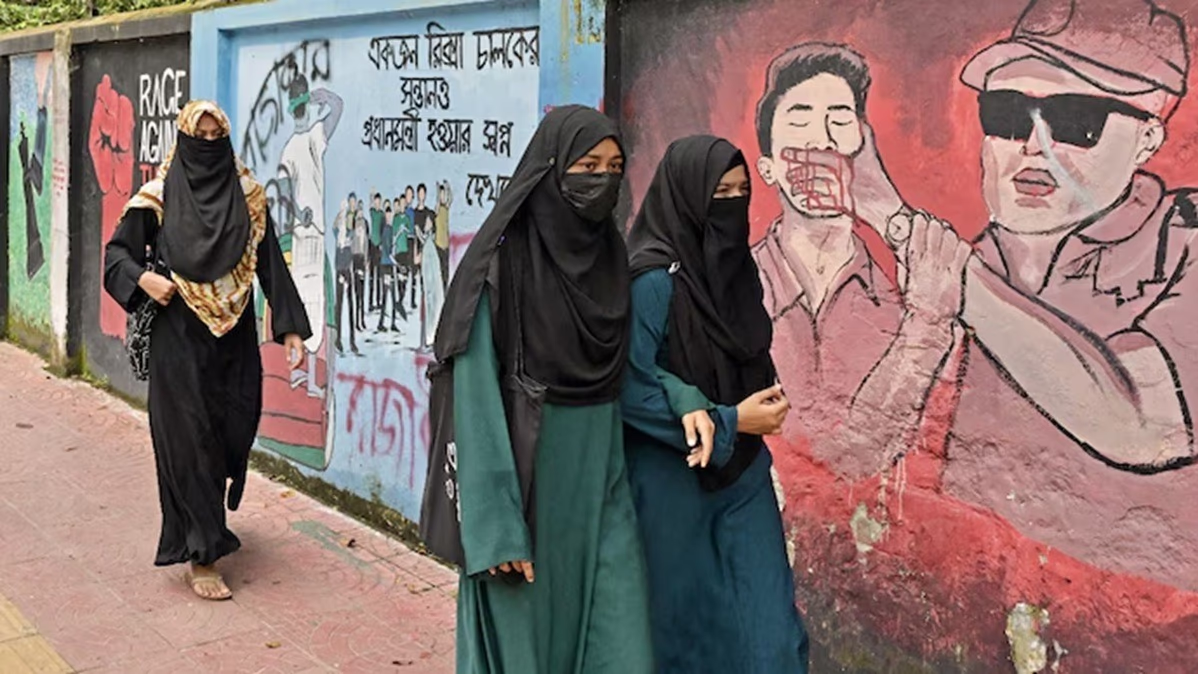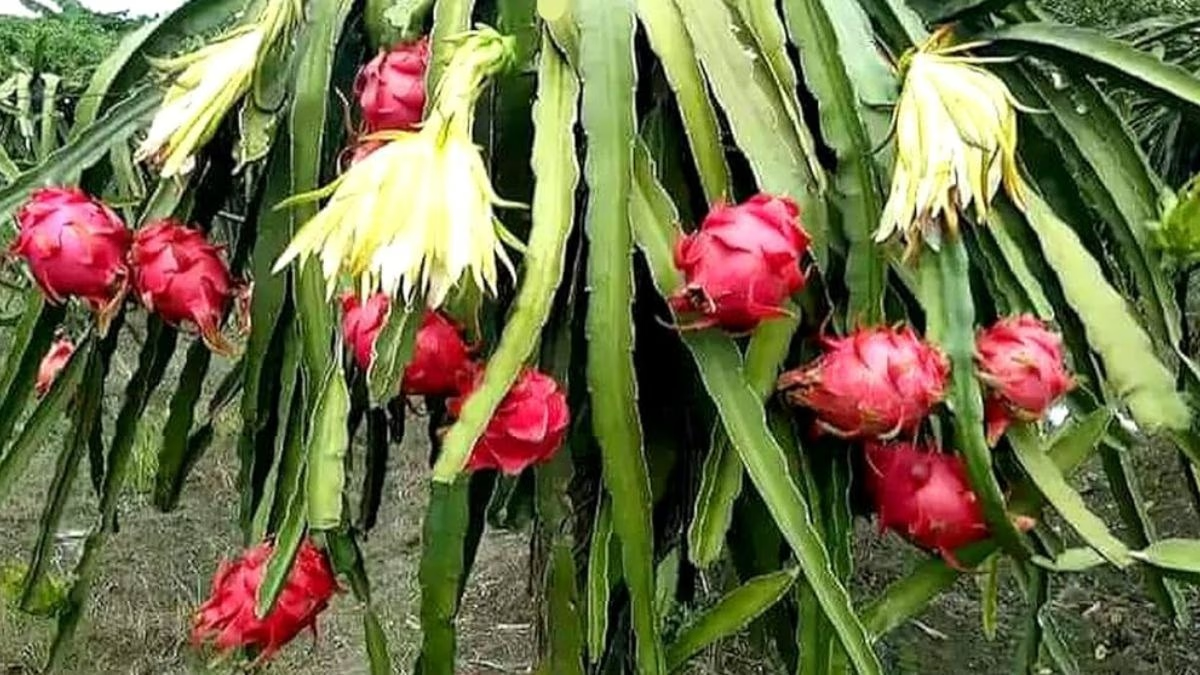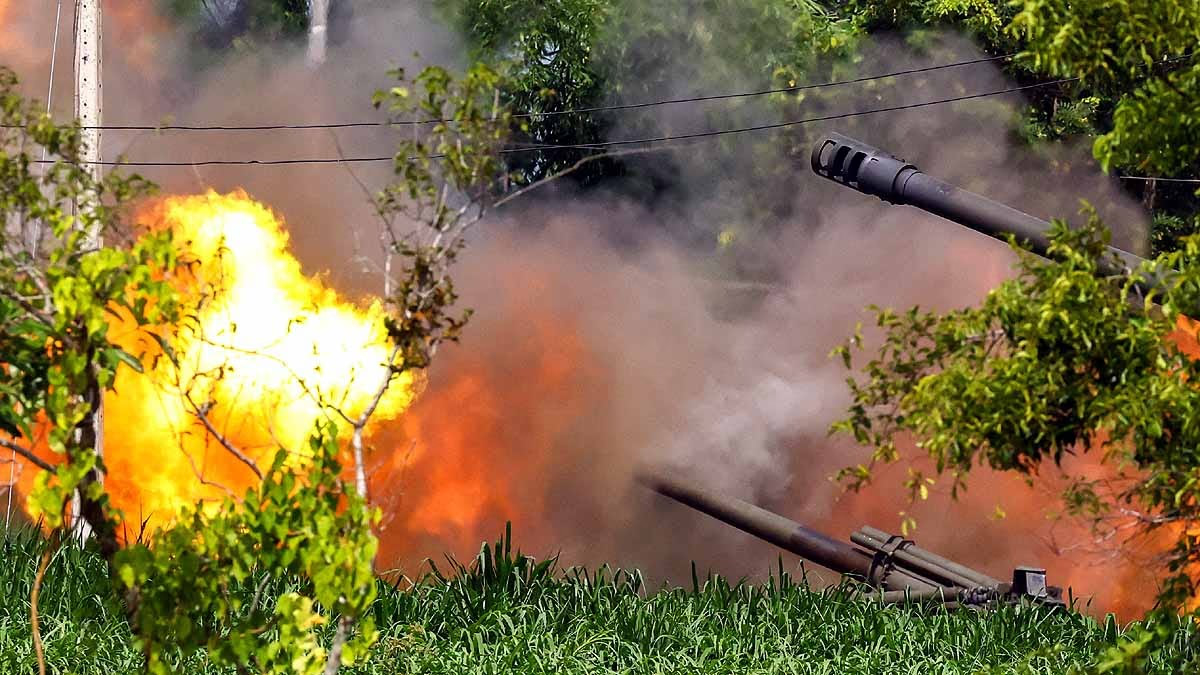The Cambodia-Thailand conflict stands as the sixth major battle of this year. On July 24, 2025, the Royal Cambodian Army launched an attack on Thailand with the RM-70 Multiple Launch Rocket System (MLRS), stemming from historic border disputes related to French mapping from 1907 near the Preah Vihear and Ta Muen Thom temples.
This conflict inflicted significant damage across both nations, resulting in causalities, infrastructural devastation, and surging arms sales. Let’s delve into the RM-70 rocket system and its devastating effects.
What Happened?
On July 24, 2025, at 9:15 AM, Cambodia initiated gunfire near Moo Pa Base in Thailand's Surin Province. By 9:40 AM, Cambodia unleashed 122mm rockets from the RM-70 MLRS near Don Tuan Temple in Sisaket Province.
Read More:
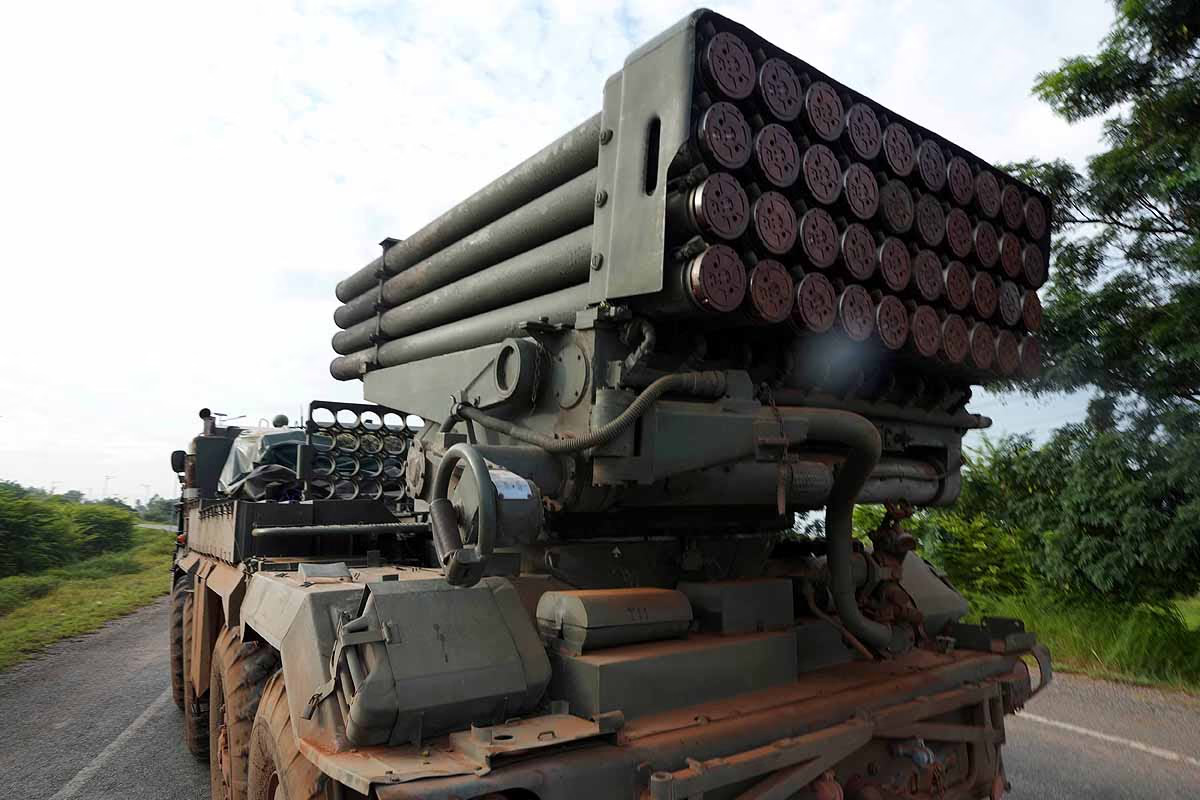
Source: aajtak
These attacks wrought havoc in Thailand, destroying a gas station, supermarket, and several homes. In retaliation, Thailand employed F-16 jets and drones to strike Cambodian military positions, with both nations blaming each other for the initial aggression.
Why Did It Happen?
The conflict revolves around territorial disputes near the UNESCO World Heritage sites of Preah Vihear and Ta Muen Thom temples. These borders, established by France in 1907, remain a point of contention. Tensions mounted after a Cambodian soldier’s death in May 2025, escalating into full-scale warfare.
What is the RM-70 MLRS?
The RM-70 Multiple Launch Rocket System, a formidable weapon developed in the 1970s by Czechoslovakia (now the Czech Republic and Slovakia), is a modern version of the BM-21 Grad rocket system. Also known as the Vampire, it can strike even in darkness. Key features include:
Design: Equipped with 40 rocket tubes on a Tatra T813 8x8 truck, firing 40 rockets within 20 seconds.
Range: Capable of reaching 20-40 km using 9M22U rockets.
Accuracy: Known for less precision but highly effective at decimating large areas.
Weight: Weighing 33 tons, with capacity for reloading 40 additional rockets.
Armor: Features an armored cab to protect crew from gunfire and shrapnel.
Usage: Cambodia owns 36 RM-70s, purchased from Czechoslovakia in the 1980s.
The RM-70 122mm rockets (such as 9M22U) carry high-explosive or incendiary warheads, wreaking havoc across vast areas by igniting fires and causing explosions. Its digital fire control system (RM-70 Vampire) ensures precise targeting even at night.
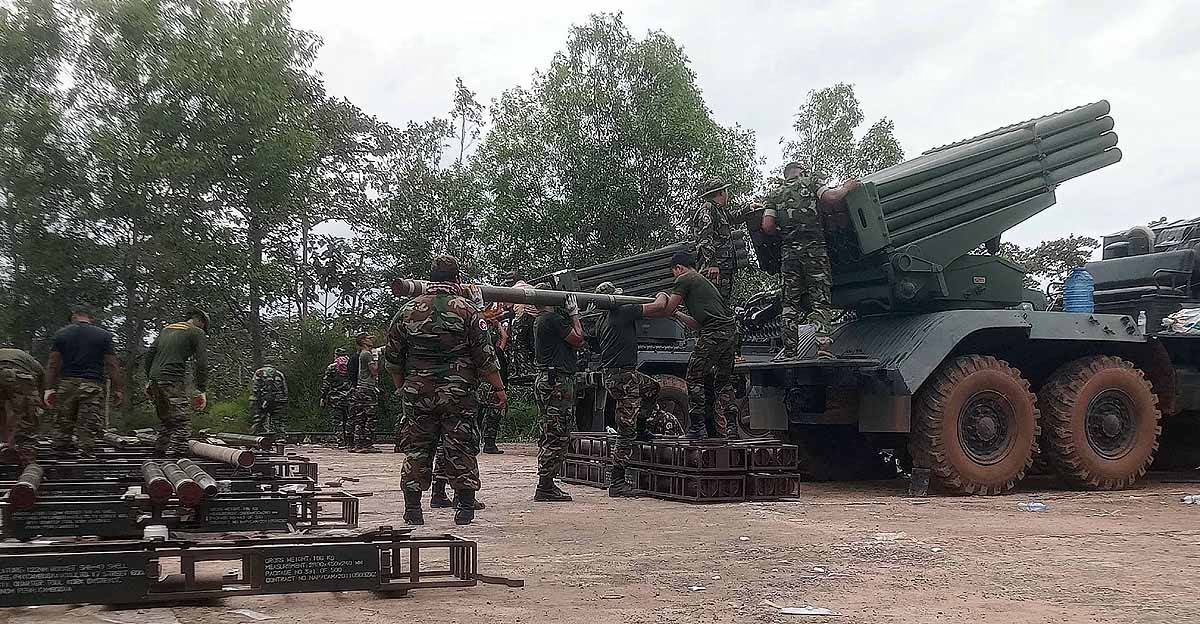
Source: aajtak
Devastation of War
Thailand
Fatalities:
At least 12 lives lost (11 civilians, 1 soldier), including an 8-year-old boy and a 15-year-old student. Thirty-one individuals injured (24 civilians, 7 soldiers).
Damage
Sisaket:
Gas station and supermarket destroyed.
Surin:
Destruction in Kap Choeng village and damage to Phanom Dong Rak Hospital.
Ubon Ratchathani:
One civilian killed, four injured.
Buri Ram:
Farmland and livestock affected.
Preah Vihear Temple:
UNESCO site heavily damaged.
Displacement:
Between 40,000 and 100,000 people took refuge in safe zones such as Surindra Rajabhat University.
Further Reading:
Cambodia
Fatalities:
20 individuals lost their lives.
Damage:
Thai F-16 and drone attacks obliterated military bases, arms depots, and an RM-70 launcher in Oddar Meanchey Province. Pagoda Road destroyed, prompting mass evacuations from Preah Vihear Province.
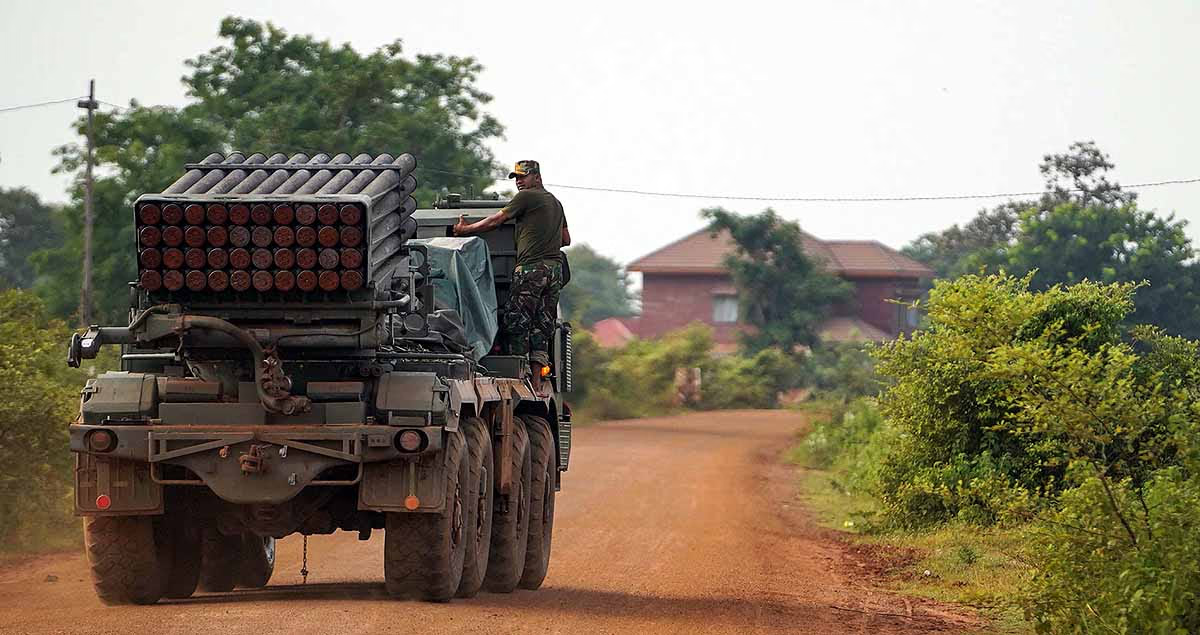
Source: aajtak
A Humanitarian Crisis
In Thailand, fear-stricken individuals are hiding in bunkers, while in Cambodia, school and hospital closures leave citizens struggling for basic necessities like food and water.
The Arms Race
Cambodia
RM-70 MLRS:
Acquired from Czechoslovakia in 1980, recently complemented by AR2 300mm MLRS from China.
Tanks:
Utilizing T-55 and Type-59 tanks.
Drones:
Chinese drones, though fewer than Thailand's inventory.
Thailand
F-16 Jets:
Purchased from the USA, equipped with laser-guided bombs and AESA radars.
Drones:
Indigenous drones equipped with M261 and M472 mortar bombs.
Tanks:
Utilizing T-84 Oplot (from Ukraine) and M60 tanks.

